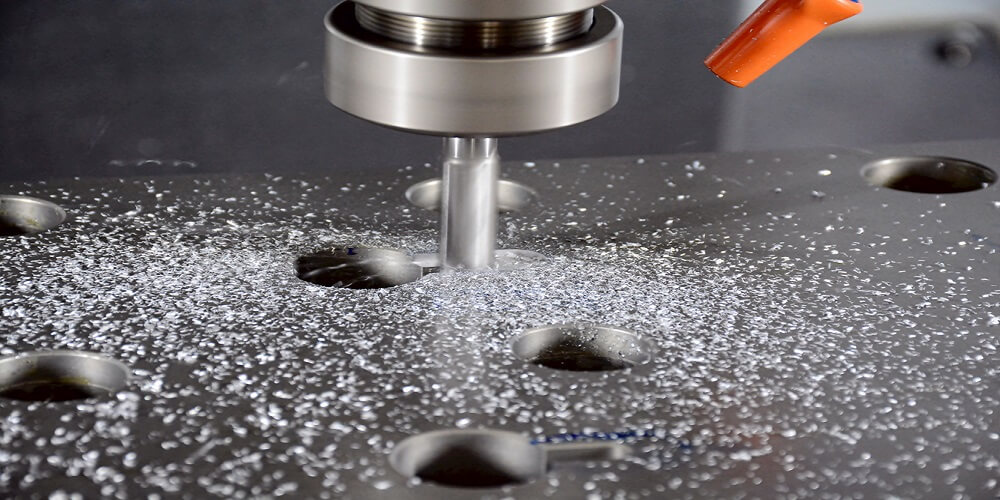CNC (Computer Numerical Control) Machining is a term that is although usually used in the manufacturing and industrial production parlance; it is gradually becoming part and parcel of common parlance amongst most business-minded people.
CNC machining can be defined as an automated method of manufacturing items through the use of pre-programmed computer software machines that control the movements of machinery to attain mathematical precision. Various products can be CNC machined ranging from household items to military weapons amongst others.
Types of CNC Machines
There are various types of CNC machines and these machines have their own different uses. The CNC machine to employ is dependent on the task sought to be achieved. In certain situations, various machines would be needed to complete the manufacturing process. The types of machines include
- CNC Mills
- Lathes
- Plasma Cutters
- Electric Discharge Machines
- Water Jet Cutters
CNC Machining- How it works
When a part is to be manufactured by CNC Machining, the cuts that are necessary to make the product or item manufactured accurately are pre-programmed into the computer using software, and the information is then transmitted to the necessary machinery which carries out the task as instructed.
Programs are inputted through punch cards using a numerical control machine and are fed to computers via keyboards. These programs are usually written and edited by programmers to fit the purpose for which the CNC machines are needed. This means that the codes can be changed to fit the purpose of the manufacturer. The language used for CNC machine programming is popularly known as G-code. It should be noted that these programs can be written by computer-aided design (CAD) software or computer-aided manufacturing (CAM) software.
Things That Can Be Made With CNC Machining
Most things can be made with CNC machining. They include;
- Car parts
- Paintball guns
- Aerospace parts
- Military weapons
- Toys etc.
Advantages of CNC Machining
The advantages of CNC machining include;
- Efficiency
Unlike manual labor that requires a break, CNC Machines can work for a continuous period without pauses. This can increase productivity exponentially
- Skill Requirement
The skill level needed to operate CNC machines is low when compared to other machines.
- Decongestion Of The Work Place
Since CNC Machining is an automated process of manufacturing, little human intervention is needed to manufacture parts using this process. This is therefore leads to the decongestion of workplaces and this could reduce the expenditure of a company on labor.
- It Is Flexible
The software can be edited or reprogrammed to fit perfectly to the needs of manufacturers and customers
Disadvantages of CNC Machining
- Initial Cost
The initial cost to acquire the CNC Machines and get them properly programmed to fit the purpose of the manufacturer is expensive. This could however be compensated by the profits of the company
- Skills Loss
Skills that were acquired by the manual operators and humans which are valuable could be lost due to the lack of need for these skills when using CNC machines
- High Unemployment Rates
Since CNC Machining needs only little human intervention, roles that were traditionally done by humans will be done by the machinery. This will lead to the loss of jobs for a lot of people and it could negatively affect the unemployment rate in society.
CONCLUSION
CNC machining is intrinsic in achieving the production rates that are needed for the efficient utilization of resources. This article seeks to expatiate on the subject matter and also educate readers that are curious about the utility of CNC Machining and how it can be harnessed.
